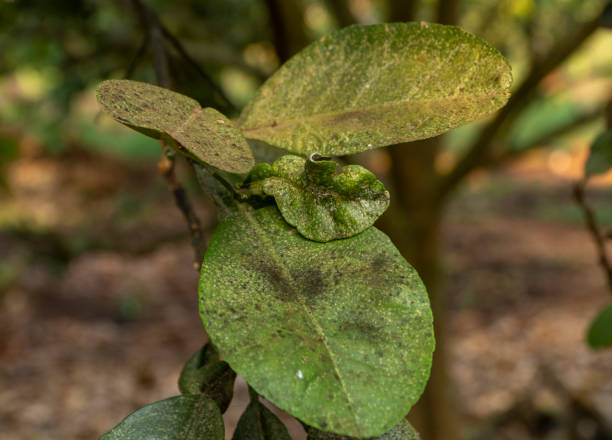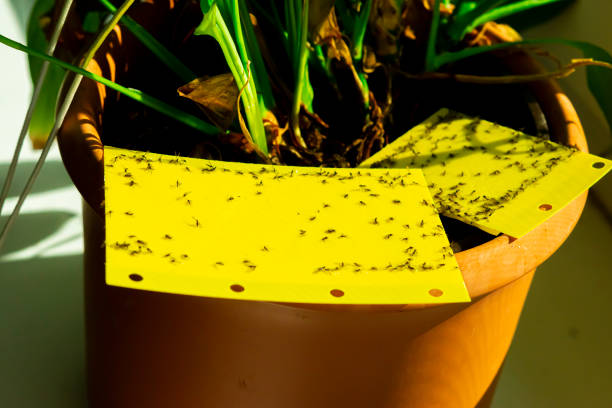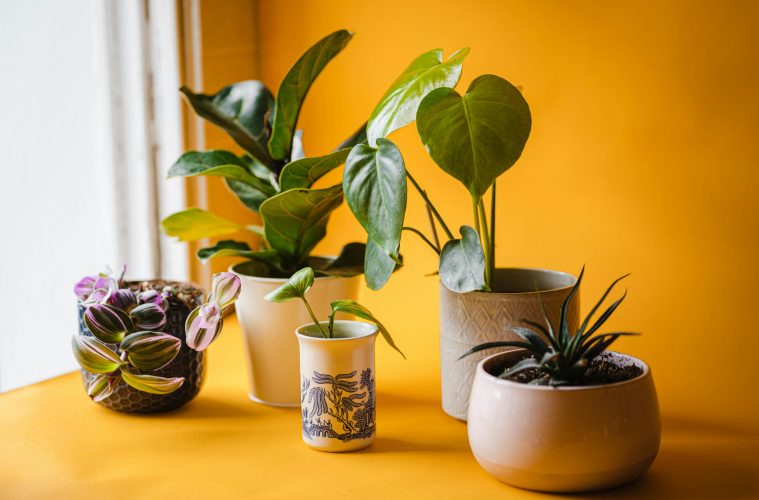If you start seeing small insects flying and moving around your houseplants, you might have a fungus gnat issue. These insects are attracted to the moist soil of plants, which provides an ideal habitat for raising their young. The insects produce offspring quickly, so it is key to spot the signs and get rid of gnats early on.

Image Credit: Pexels
What are Fungus Gnats?
These small flying insects will make their home in your houseplants, as well as in greenhouse gardens. Since they produce quickly, they are a challenge to eliminate. The fungus larvae feed on organic material in the soil as well as the roots and stems of many plants. A bad infestation of these nasty insects can continue right through winter. Gnats can also stay dormant in the houseplant’s soil, waiting for the right conditions to harbour their eggs.
Signs of Fungus Gnats
Since fungus gnats love houseplants due to the potting mix that provides them with an ideal habitat to raise their young. You need to look out for signs of their presence. The most obvious sign that your houseplants are infested with fungus gnats is the appearance of adult gnats. However, the larvae are the real concern. These larvae will feed on the roots of your houseplants. Another sign to look out for is when your plants are not growing well or begin to have yellow leaves. Any plant can develop a fungus gnat infestation, but certain plants are more susceptible than others.
How to Prevent Fungus Gnats
The easiest way to get rid of fungus gnats is by preventing an infestation from happening.
- Check for gnat activity when moving your plants from outside back into your home for the colder months.
- When repotting your houseplants, check if your potting mix doesn’t have larvae
- Check for gnat activity when moving your plants from outside back into your home for the colder months.
- When repotting your houseplants, check if your potting mix doesn’t have larvae
- Use sticky traps

Image Credit: Pexels
ALSO SEE: EXPLORING EFFECTIVE PLANT PROPAGATION TECHNIQUES
Feature Image: Pexels

